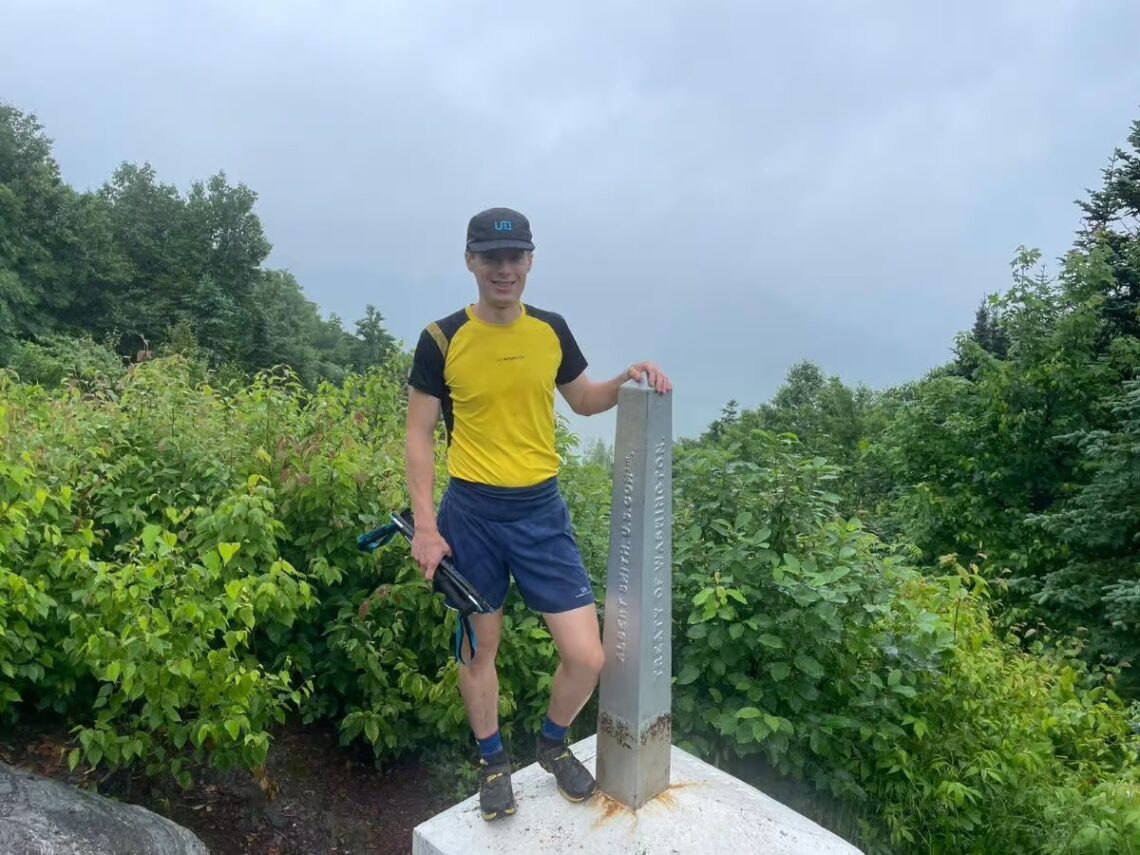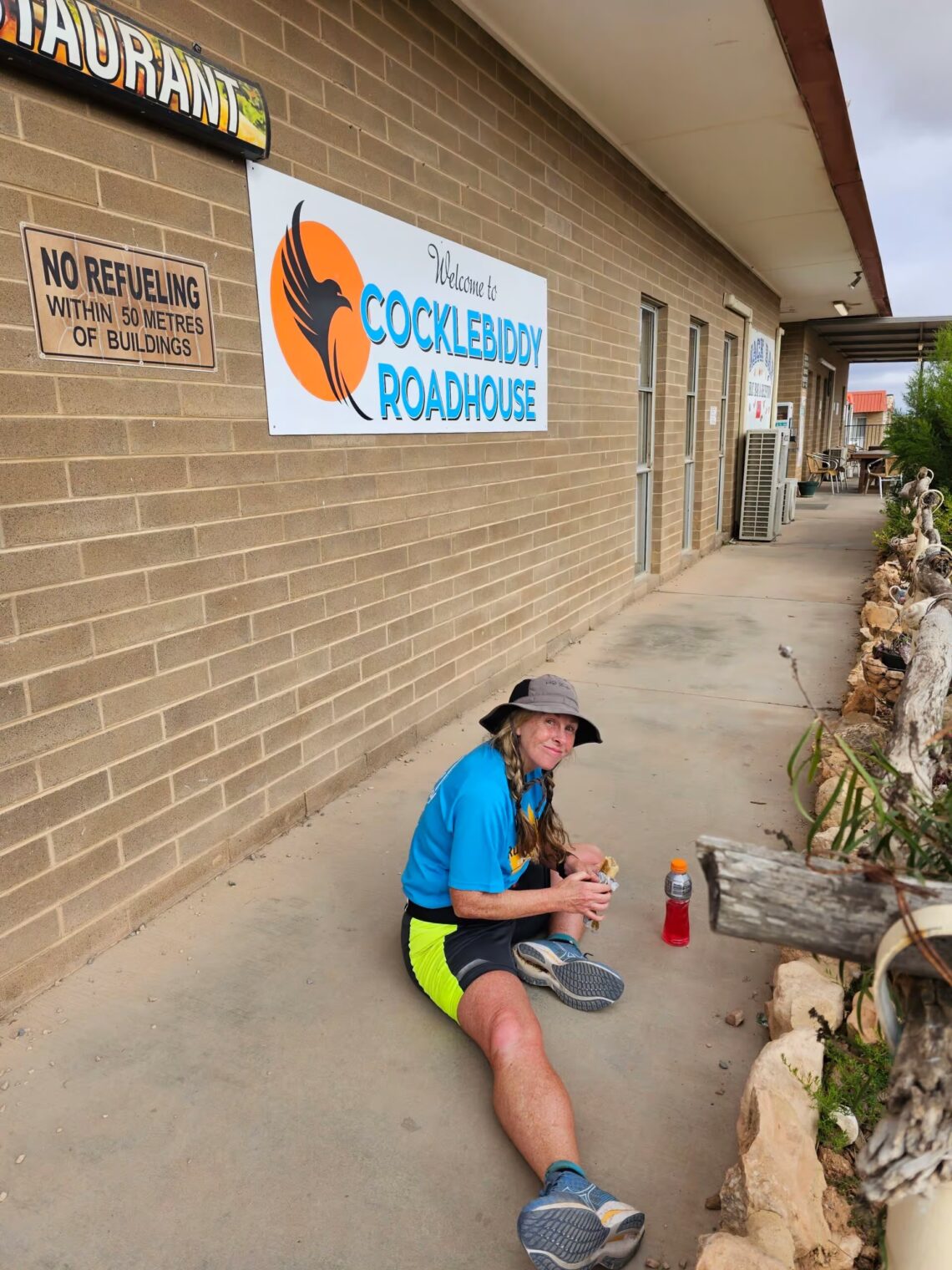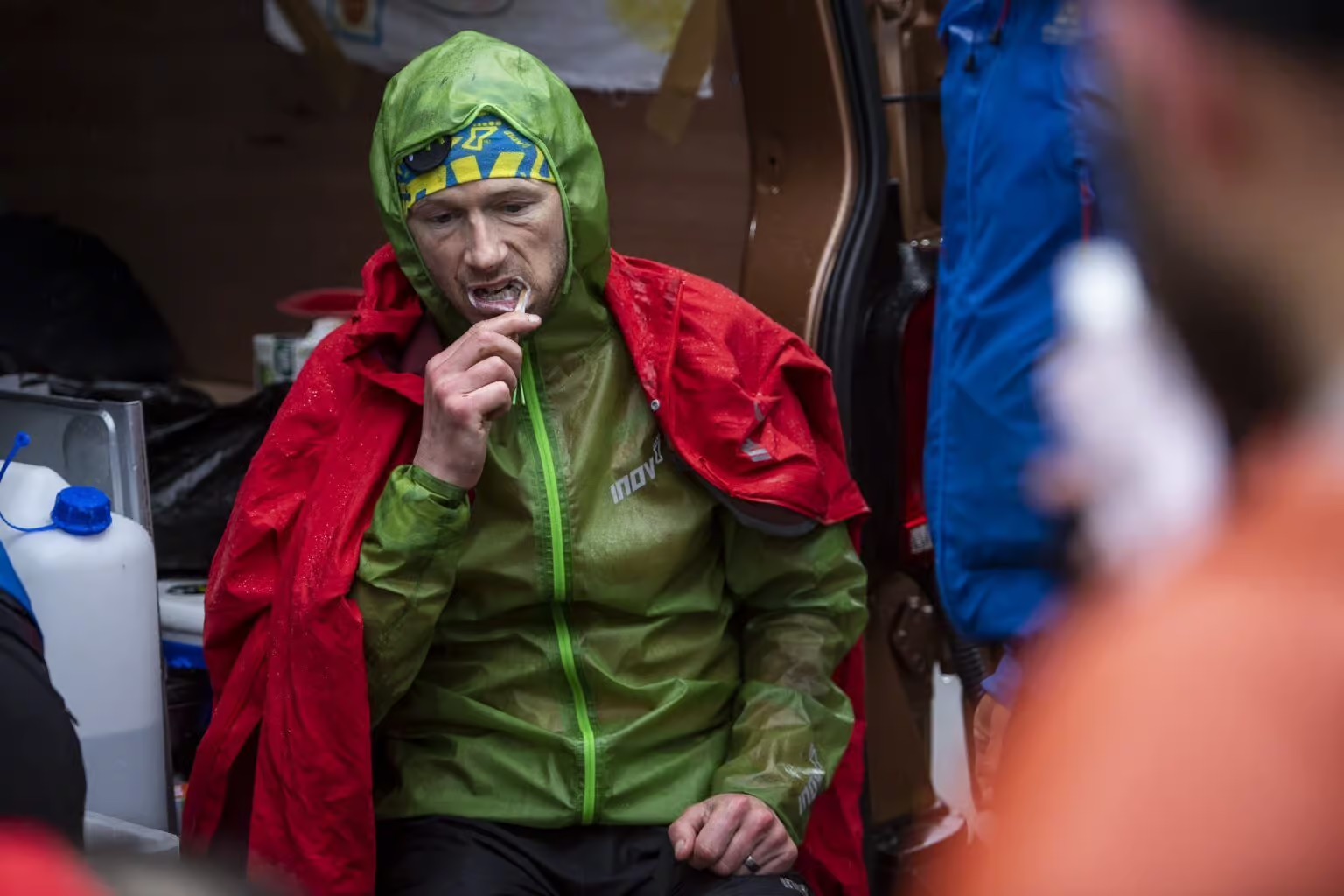What on earth is an FKT?
And why is it different to a course record?
You may have heard this moniker thrown around recently and wondered what on earth it means. Googling can give you a decent understanding, but finding out who has them and, potentially, if you could get one is a challenge…
What does FKT mean?
FKT is the Fastest Known Time a route, challenge or race has been completed, backed with sufficient evidence. The route has to be at least five miles long or has 500ft of climbing.
They are being completed all the time, all over the world and can be an excellent challenge to aim for if you’re looking for something different away from organised races.
They became particularly popular over the pandemic, as runners couldn’t take on races but still wanted to aim for a challenge and keep their fitness up during a difficult time. There were around 3,054 FKT submissions to the official FKT keeper of times and routes – fastestknowntimes.com – in 2020 alone.

FKT vs Course Record
The difference between an FKT and a course record is when you take on an FKT challenge, you are not racing against anyone towards a finish line. You can pick what day you do the route, whether you are beginning a new FKT or racing against a previous time. The point is that it has to be a recognised route.
There are no marshalls or checkpoints; no one else is around if you’re going for an unsupported FKT. You must follow the route and complete it as soon as possible.

A supported round is one where you can arrange with your crew to meet you at certain points en route to keep you going. You may also have pacers who run with you to keep you going at the recommended pace. An unsupported route is where you must carry all your own gear and be out there on your own.
In contrast, a course record is set by a race. You have the set course designed by the race organisers that can be completed during the race. You can usually find these times on the race information page.

Credit Leo Francis
What are some of the most popular FKTs in the UK?
Bob Graham Round
Arguably the most popular hill round in the UK, its reputation extends globally to international racers. The route follows 66 miles, beginning and ending in Keswick. It involves traversing 42 fells with around 27,000ft of elevation.
Support the whole team who put all this together
This is premium stuff! Subscribe for ONLY 99p for ALL online content!
Subscribe
Get right to the heart of ultra-running featuring interviews and podcasts with world class athletes, extraordinary race directors, ultra-running coaches, nutritional experts and in depth race reviews from around the globe!Get your access now








